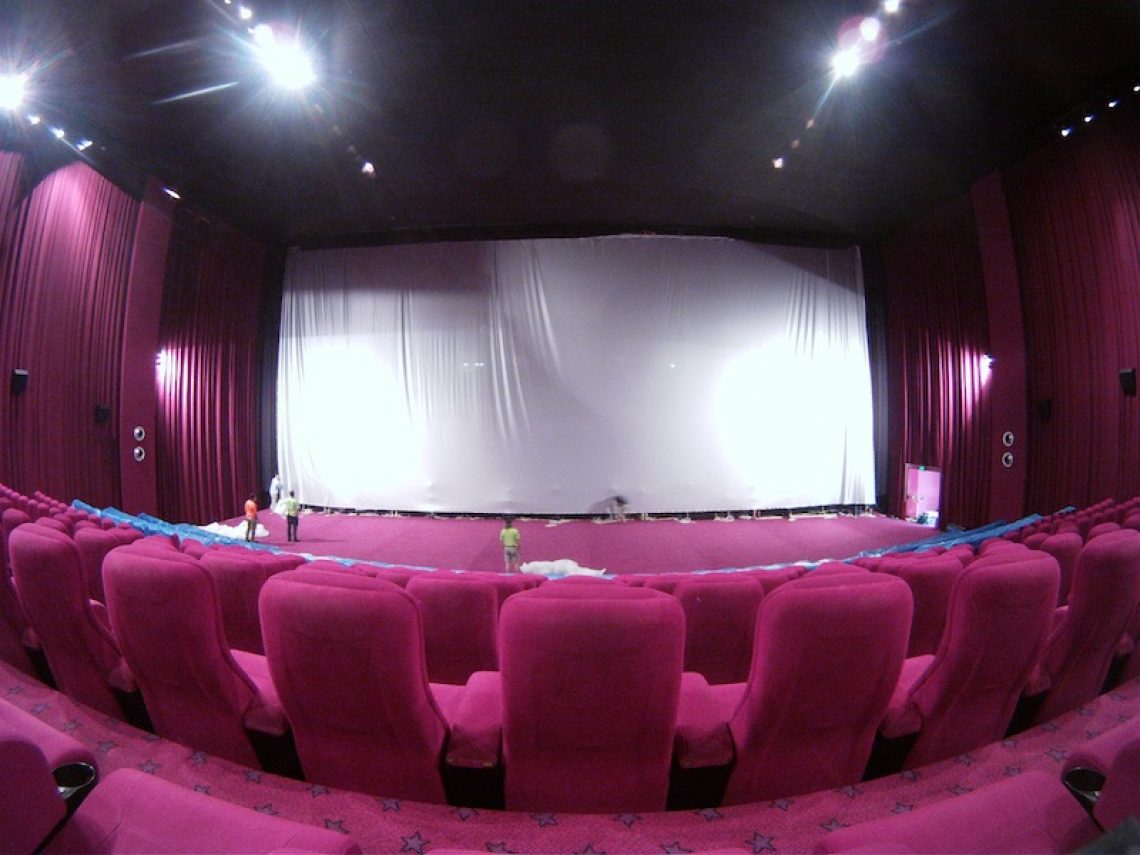

That one was not a very good movie but sounded great with the theatres seldom used 4 track magnetic sound system. That summer, The Candidate followed by Sounder played for the remainder of the year followed by a Christmas booking of The Great Waltz. After this the more aggressive Weis booking habit resulted in more mainstream first run features with longer runs. The first feature under this arrangement was foreign film Oscar winner Garden of the Finzi Continis which was actually booked in by Mini Cinema prior to the sale.


In May of 1972, the theatre was sold to the Weis Company and became the Weis Peachtree Battle. Occasionally, Peachtree Battle would play an exclusive of the type of film it once made its living with, such as Trojan Women and Roman Polanski’s version of MacBeth.

(Sandy Springs, the only franchise of the Mini Cinema chain did not take part in this and operated as an independent theatre although Storey still handled the mechanics of film booking.) Mini Cinema still had a say as to which movies played, especially when up front money was required. During this time the Peachtree Battle would often play the same attractions as the other Storey intermediate break houses like North DeKalb and Lakewood. In 1971, the Mini Cinema Chain subbed out the “office” duties of the chain to the Storey Theatre Company, and the mini cinemas started appearing in the Storey ads. The first movie I remember seeing there was the Mel Brooks comedy 12 Chairs during Christmas of 1970. Three months later, on New Years Day of 1969, the Zefferelli version of Romeo and Juliet opened for a four month run followed by Charlie for four more months.Īfter this period it was back to the old pattern with a few sub run engagements of mainstream movies mixed in. This pattern changed in October 1968 when the theatres first big hit, Barbarella, opened. Theatres like this could book these films in advance without a hard date and bring them in when business for their current feature died off. Unlike today, there was no national release date for many films, especially low profile ones. It played a lot of independent and foreign films and usually changed every two to three weeks. Since, as with all of the early Mini Cinemas, the projectionist was also the manager, the booth served this purpose.Īlthough twice the size of the Ansley Mall Mini, Peachtree Battle was still tiny compared to the other theatres of the day, especially the first run editions. Another door led to the utility room and ice machine. Past the booth was a door leading to the booth door and the very tiny restrooms. One odd thing was the ticket machine which looked like an old grocery store cash register which did not issue tickets as such but a paper receipt, just like you would get at the grocery store.Īfter entering the auditorium you found yourself in a wide walkway between the back row and the projection booth. The lobby occupied a tiny part of the southeast corner of the building and was just large enough for a concession stand and cashier desk combo. It had about 350 rocking chair seats, Century projectors, 6000' reels, and a good sized screen with a small stage in front.
#Silver screen cinema free
With Ansley Mall, the first two editions of the Mini Cinema chain, and the only one in free standing building.


 0 kommentar(er)
0 kommentar(er)
